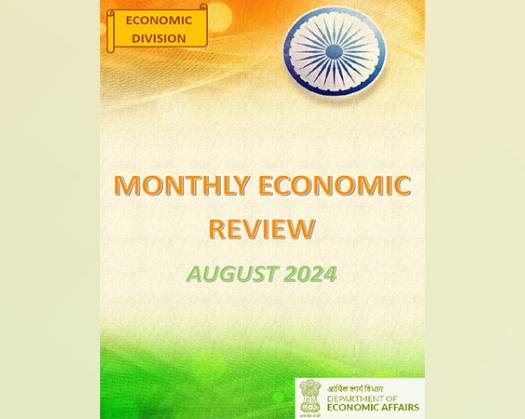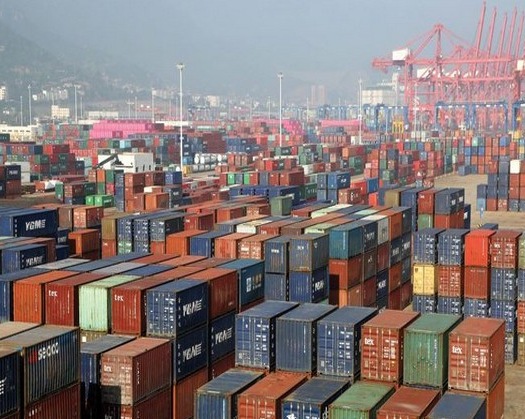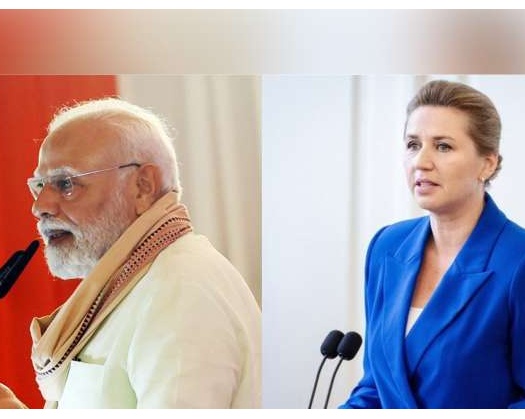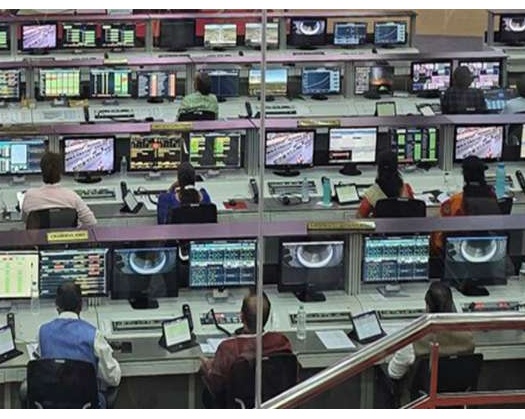New Delhi: The overall investment landscape in India witnessed a growth of 7.5 percent during the April-June quarter, signaling a strengthening of the private investment cycle, as per the Ministry of Finance's monthly economic review.
In terms of Net Foreign Direct Investment (FDI) inflows, India saw a significant increase of 52.4 percent during the initial four months of Fiscal Year 2025, buoyed by a notable surge in gross FDI inflows. Gross FDI inflows, in particular, experienced a 23.7 percent growth, rising from USD 22.4 billion in the first four months of Fiscal Year 2024 to USD 27.7 billion during the same period of Fiscal Year 2025.
These sectors—manufacturing, financial services, communication services, computer services, and electricity and other energy sectors—accounted for over three-fourths of the gross FDI inflows.
India also reached the pinnacle of its foreign exchange reserves, standing at USD 684 billion as of August 30, 2024. The country's forex reserves saw a remarkable increase of USD 64 billion from January to August 2024, securing the highest percentage increase among major forex reserve holders.
These reserves are now sufficient to cover over 11 months of imports and exceed 100 percent of India's external debt as of March 2024. The surge in merchandise and services exports, coupled with stable foreign capital inflows, underscores the robust position of India's external sector.
Furthermore, foreign portfolio investors maintained a net buying stance over the April-August 2024 period, with the forex reserves reaching historically unprecedented levels.
In terms of Goods and Services Tax (GST) collections, the gross figures for August were at Rs 1.74 lakh crore, marking a 10 percent annual increase. To date in 2024, the total GST collection has seen a 10.1 percent rise to Rs 9.13 lakh crore, surpassing the collection of Rs 8.29 lakh crore during the corresponding period of 2023.
"The steady growth in GST collections, expansionary trends in purchasing managers' indices, and the increase in air and port cargo indicate vigorous economic activity," the review stated.
Moreover, labor market indicators suggest a favorable outlook for the forthcoming quarter.
Signaling a resurgence in formal employment generation, the Employee Provident Fund Organisation (EPFO) reported the addition of 10.5 lakh new members in July 2024. A notable 59.4 percent of these new members were between the ages of 18 and 25, suggesting that the majority of individuals entering the formal labor market are young, predominantly first-time entrants.
"For the remainder of the fiscal year, it is anticipated that public expenditure will increase, thereby providing additional impetus for growth and investment," the report stated.
During the first quarter of the 2024-25 fiscal year, India's gross domestic product (GDP) experienced a growth rate of 6.7 percent, marking a decline from the 8.2 percent recorded in the same period the previous year. The slowdown in economic growth during this quarter was attributed to reduced government spending in anticipation of the Lok Sabha election and an extended period of heatwave.
"The expansion was robust across all major non-agricultural sectors, with growth rates exceeding 5 percent in the first quarter, indicating a widespread expansion," the report noted. The report also highlighted that with the onset of the monsoon season, there has been an increase in kharif sowing activities, which is expected to enhance agricultural production prospects.
In the financial year 2023-24, India's GDP witnessed an impressive growth rate of 8.2 percent, maintaining its position as the fastest-growing major economy. The economy expanded by 7.2 percent in the previous fiscal year and 8.7 percent in the fiscal year preceding it.









